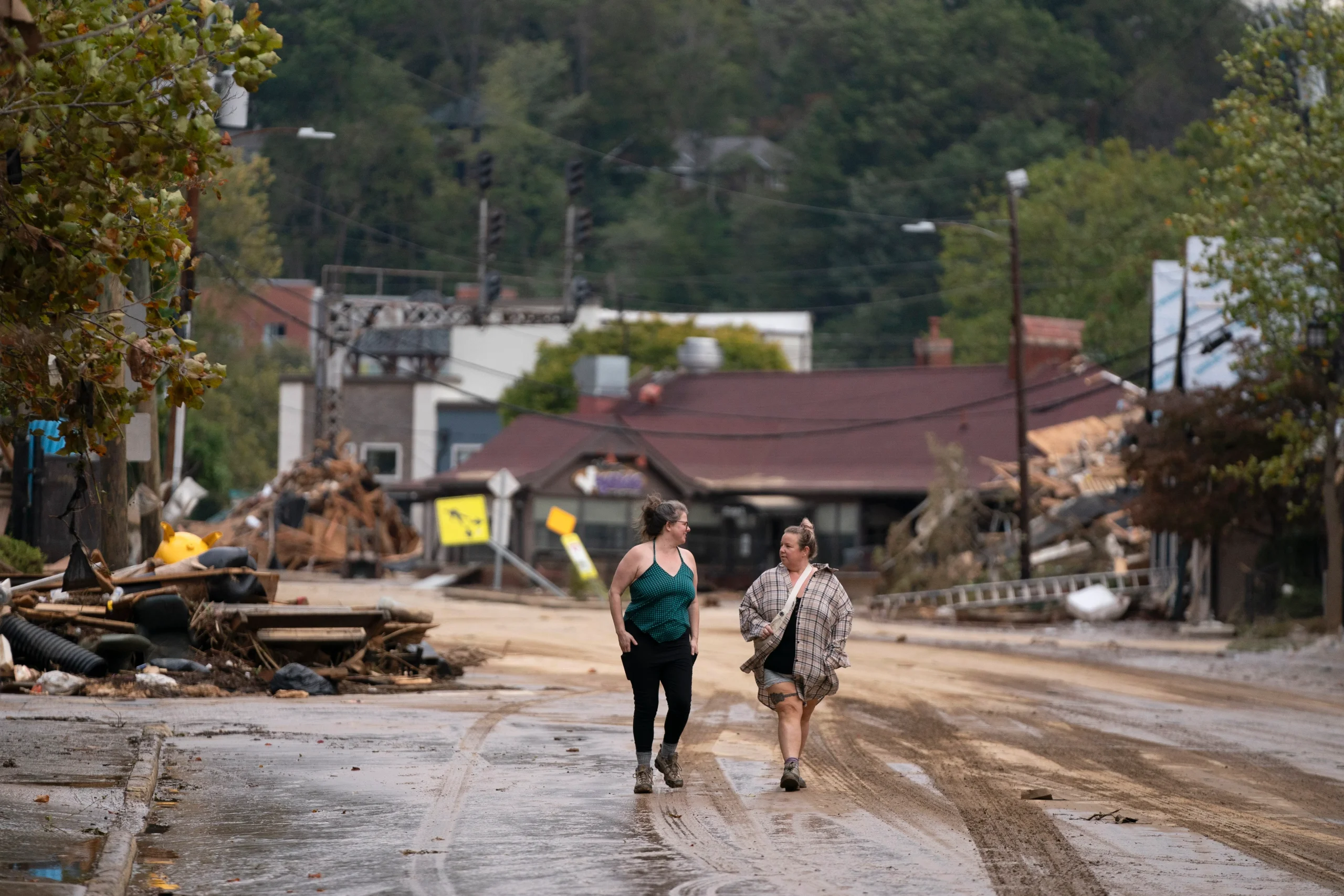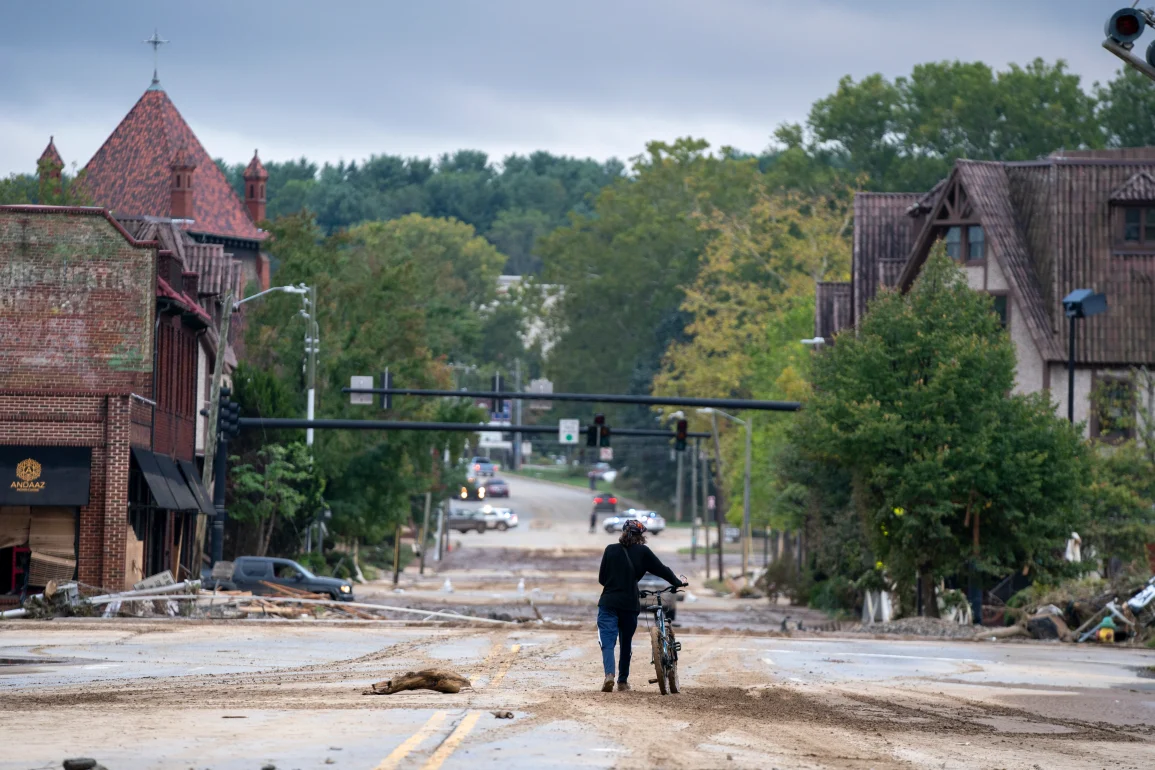The notion of “climate havens” has been seriously questioned following the devastation caused by Hurricane Helene in Asheville, North Carolina, which had been previously considered a climate refuge. Media outlets initially marveled at the irony, but later many acknowledged that true climate havens do not exist.
This revelation raises important questions about how the idea of climate havens became so popular in the first place.
Historically, people have always migrated toward regions with better environmental conditions, but climate change driven by human activity has drastically altered this dynamic. The rapid, global scale of climate change means that no place is completely safe from its impacts. Every region faces some form of environmental risk, making the concept of a perfect, risk-free climate haven unrealistic.
Despite this, the idea of climate havens gained momentum as a form of wishful thinking. Media outlets and local leaders sought optimistic narratives to counter the growing reality of climate change, offering the public hope in the face of escalating environmental disasters. Experts, like Jesse Keenan of Tulane University, have admitted that the concept was more of a comforting fiction than a real solution to the climate crisis.
Keenan himself inadvertently contributed to popularizing the term. In a 2018 Guardian article, he suggested Buffalo, New York, and Duluth, Minnesota, as potential safe havens from climate change. Local leaders in these cities soon embraced the label, seeing it as an opportunity to reverse population decline and spur economic growth.

Buffalo’s mayor, for instance, touted the city as a “climate refuge” in 2019, and media coverage quickly followed, further solidifying the idea.
Rust Belt cities, in particular, have latched onto the idea of becoming climate havens. For cities like Buffalo and Duluth, which have long faced population losses and economic stagnation, the potential influx of climate migrants offers a chance to revitalize local economies.
However, experts argue that these cities are more focused on economic development than providing true climate safety, as no place is entirely free from climate-related risks.
The real estate industry has also taken note of climate risks, with platforms like Zillow and Redfin incorporating climate risk scores into their listings.
These tools provide homebuyers with data about potential risks like flooding, wildfires, and extreme temperatures, helping them make more informed decisions. However, while this information can guide homebuyers, it underscores the reality that no property is immune to climate risks.
Even with growing awareness of climate dangers, many people continue to move to vulnerable regions, driven by factors like job opportunities and affordable housing. Data shows that high-risk counties are growing faster than low-risk ones, despite the looming threat of climate disasters. This highlights the difficulty in predicting and preparing for the unpredictable nature of climate-related catastrophes.
Ultimately, while true climate havens do not exist, cities can still build resilience against climate risks through better infrastructure and preparedness. By adapting to the changing climate, communities can mitigate the impacts of disasters and create safer, more sustainable environments. This kind of resilience offers a more realistic form of hope in the face of an uncertain climate future.

